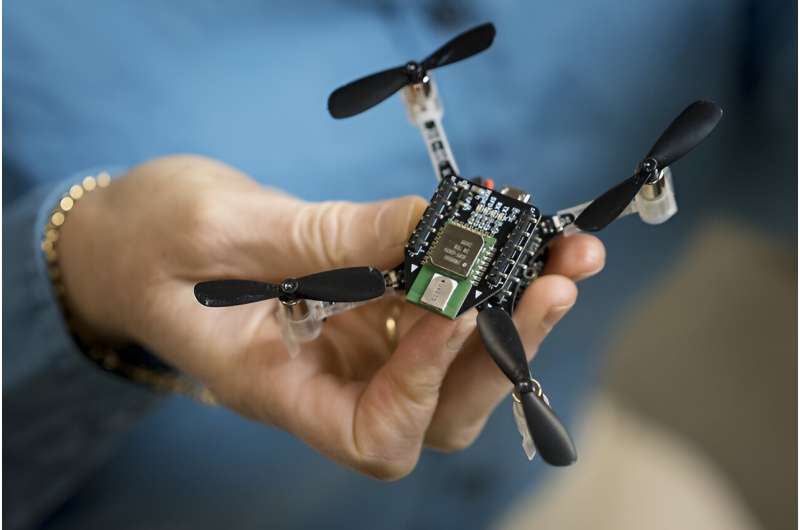Researchers from Oregon State University have demonstrated that a single person can successfully supervise a large swarm of over 100 autonomous drones. The findings represent a major advancement towards efficiently using drone swarms for applications like package delivery, disaster response, and other commercial and civil uses.
The research was part of the Defense Advanced Research Project Agency's (DARPA) OFFSET program, which aims to develop swarm tactics and technologies for military contexts. However, the results have significant civilian implications as well.
"We don't see a lot of delivery drones yet in the United States, but companies have been deploying them in other countries," said Julie A. Adams, co-principal investigator on the project. "It makes business sense to deploy delivery drones at scale, but it will require a single person to be responsible for very large numbers of drones. Our work is the first step toward facilitating that kind of system."
During the four-year project, the researchers supervised swarms of up to 250 drones during mock urban missions. The swarms gathered intelligence that could help keep troops and civilians safer.
The key innovation was the development of systems and interfaces that allowed a single "swarm commander" to control the large swarm with high-level directions, without manually piloting individual vehicles.
"The idea is that the commander can select a play to be executed and make minor adjustments, like a quarterback would in the NFL," explained Adams.
Testing took place at Department of Defense training facilities during multi-day exercises that introduced more and more drones. Swarm commanders wore physiological sensors that estimated their workload levels.
Although commanders frequently experienced short-term overload, they completed all test missions successfully, even under challenging field conditions. This demonstrated that individuals can handle supervising large swarms for practical uses.
The breakthrough has exciting implications for drone delivery services. Companies would save enormous costs if one operator could manage an entire local fleet, instead of needing multiple pilots per drone.
Experts caution that more research is still needed before widespread deployment of large commercial drone swarms becomes viable. But this study suggests such futuristic drone-based systems are feasible with a human still in the loop.
"The trained swarm commanders' performance shows that a single human can deploy drone swarms in built environments," Adams concluded. "That has very broad implications beyond this project."


















